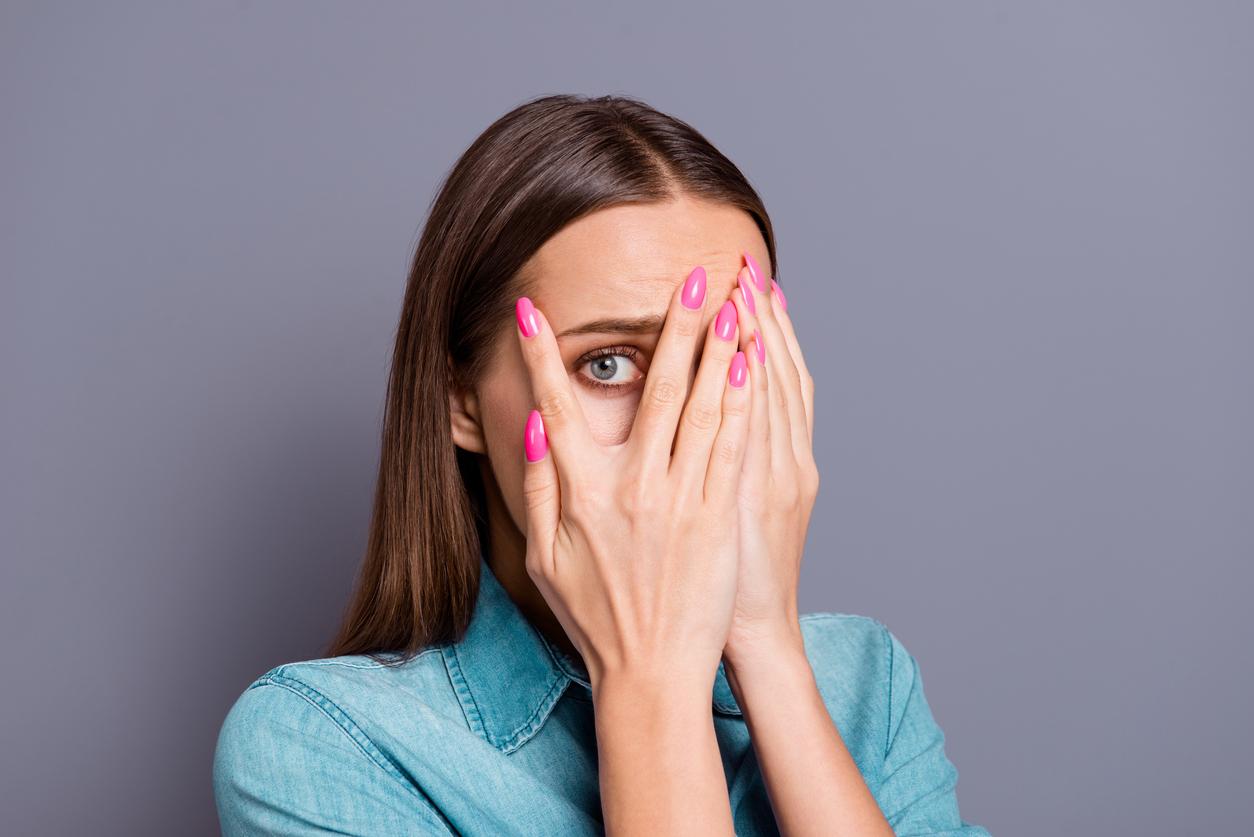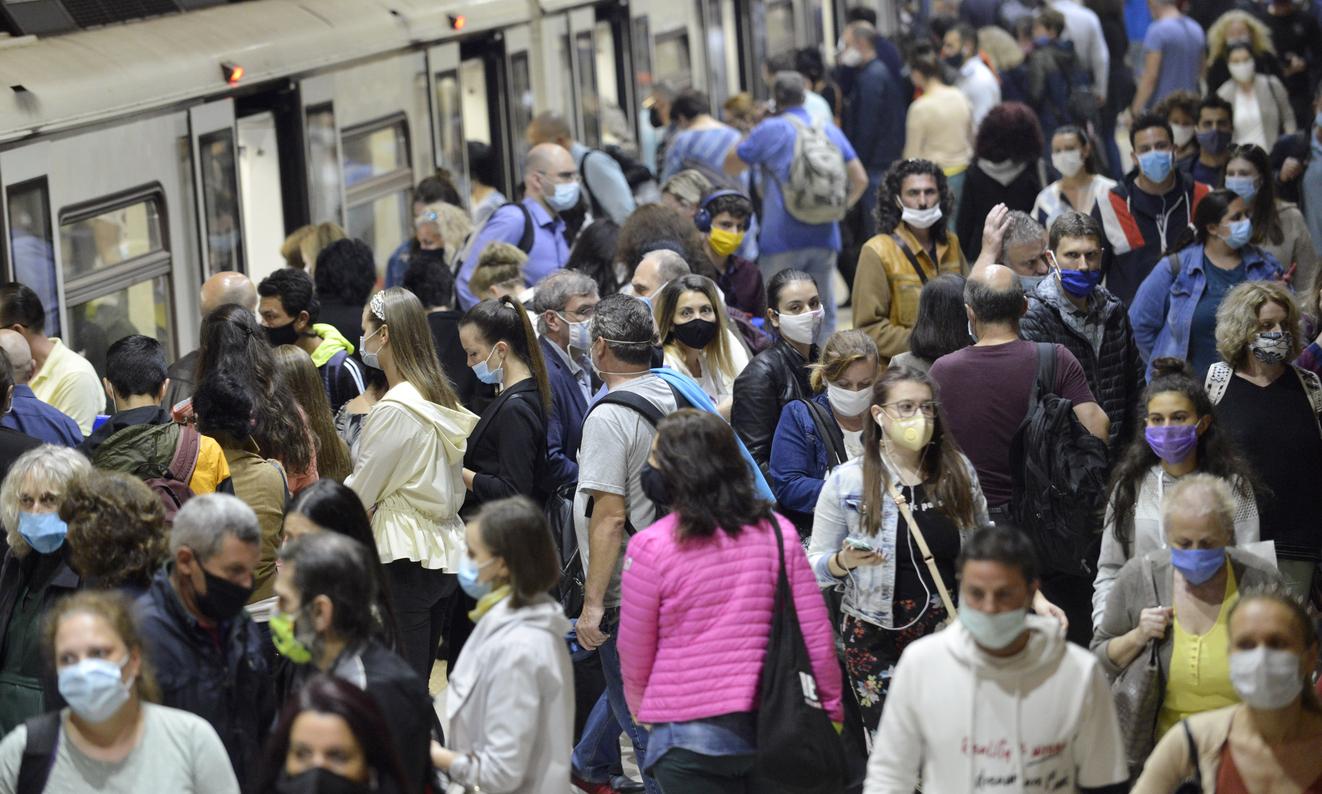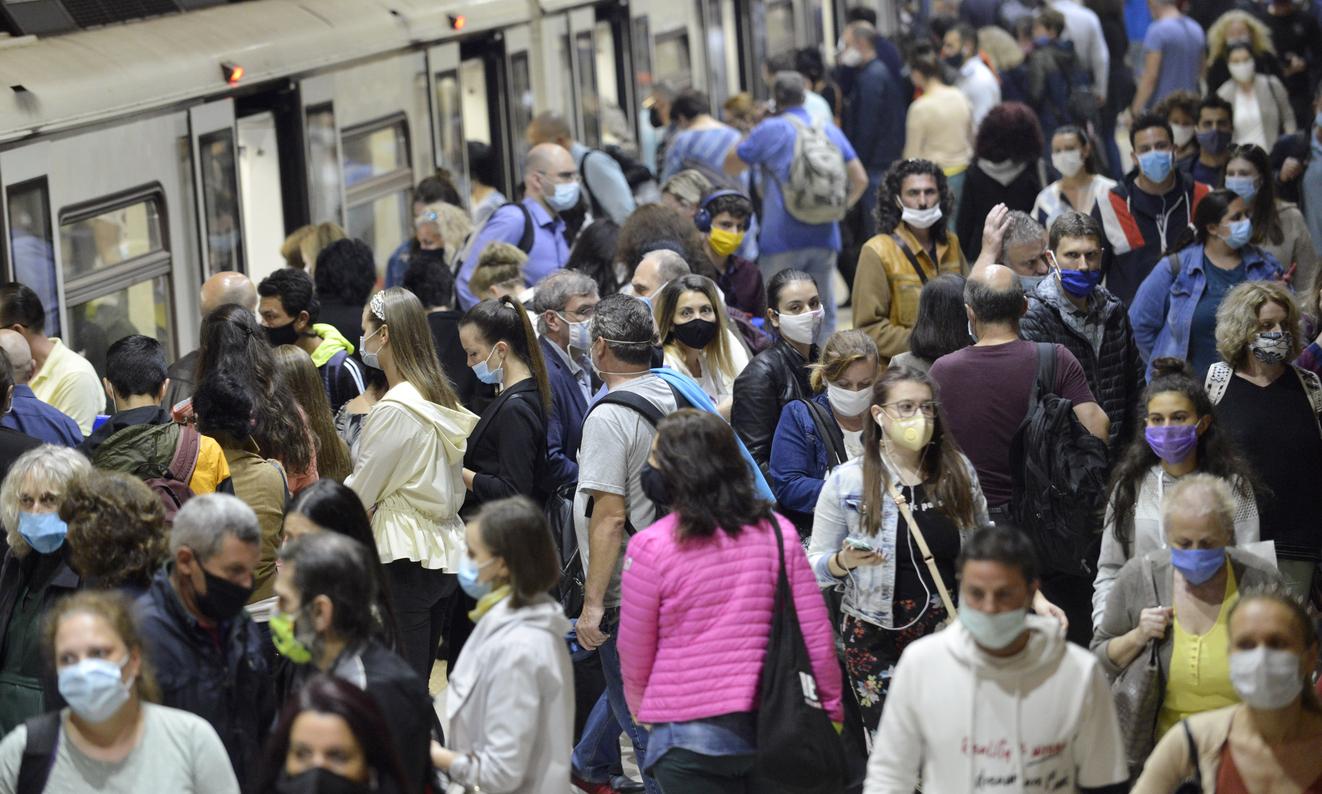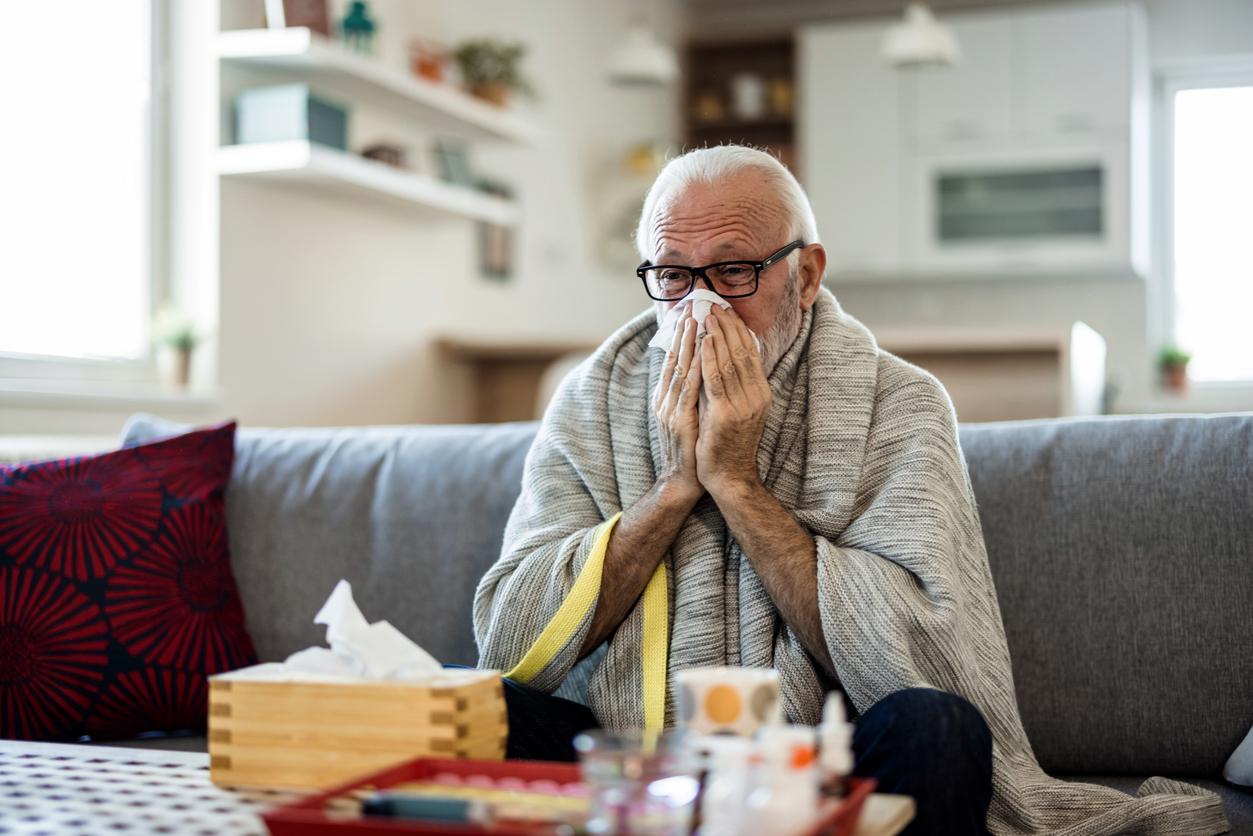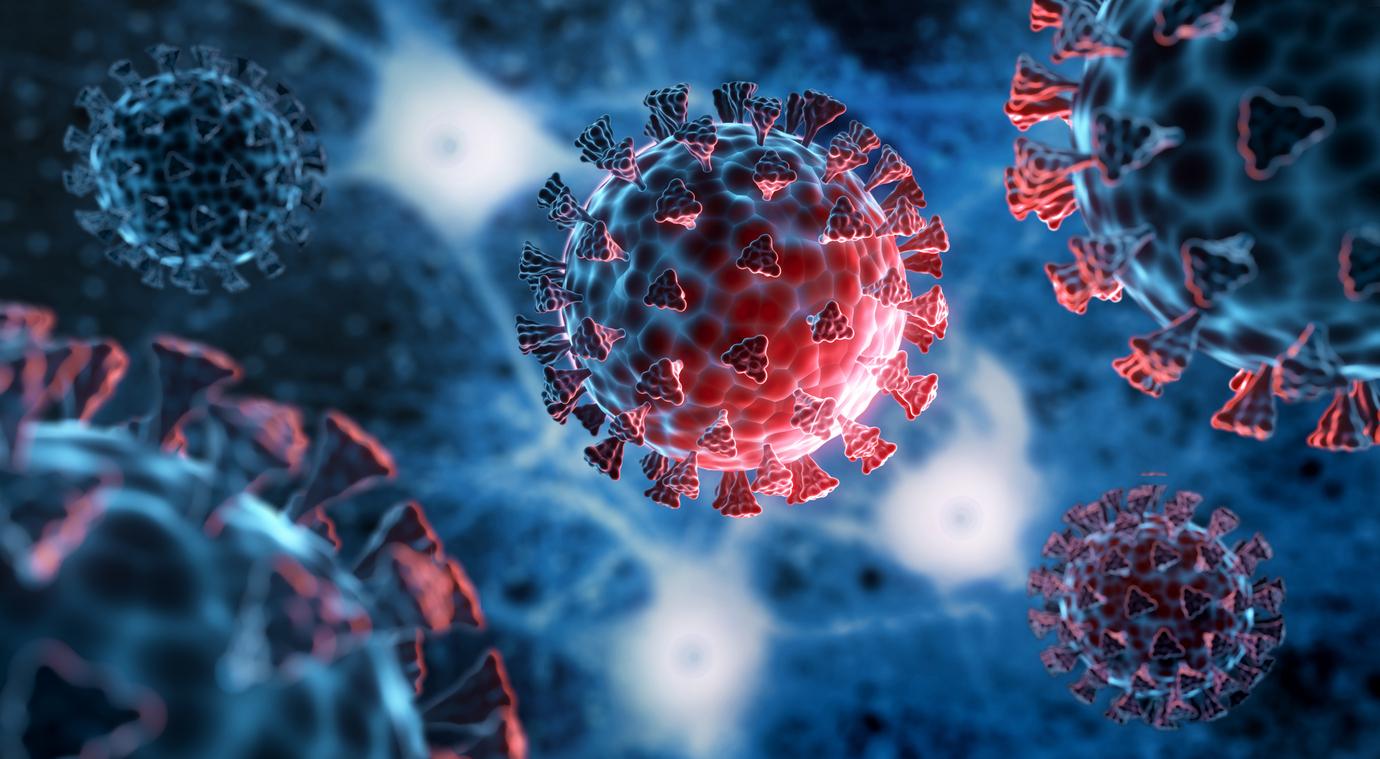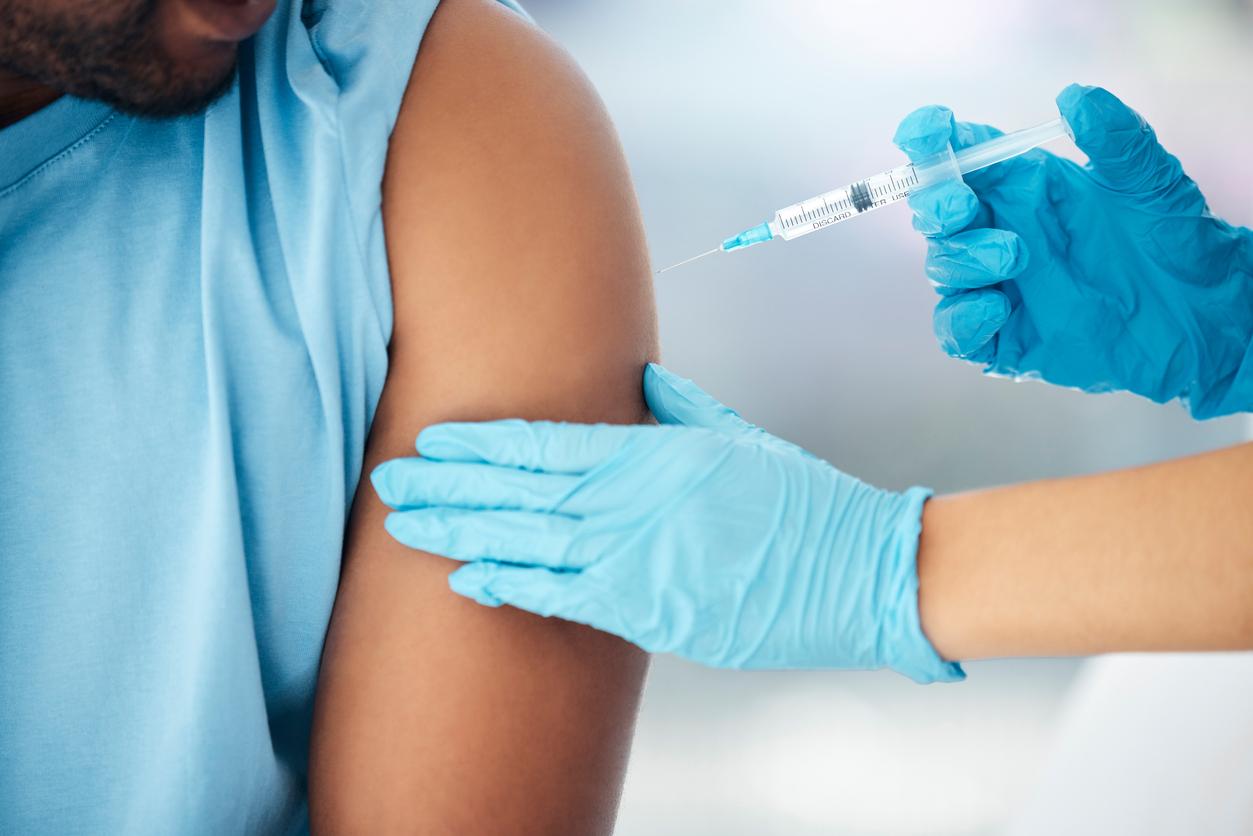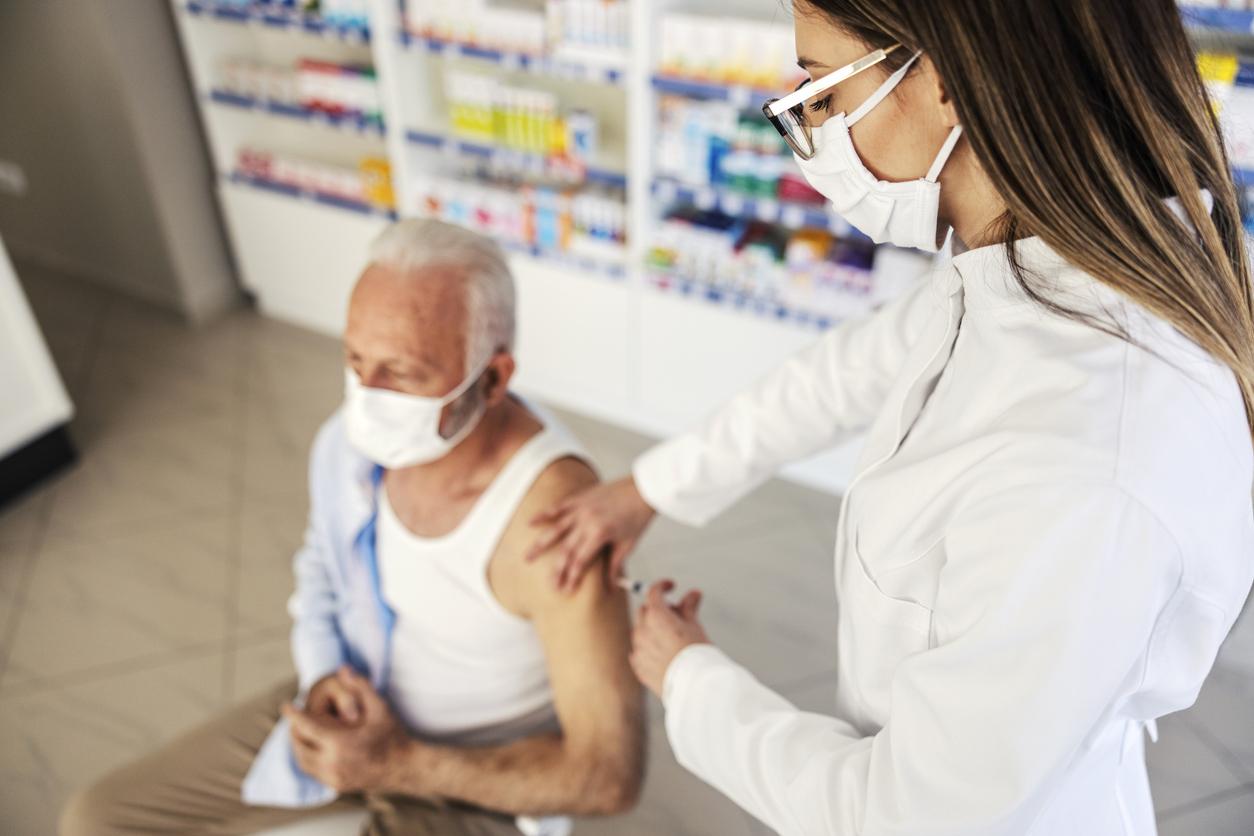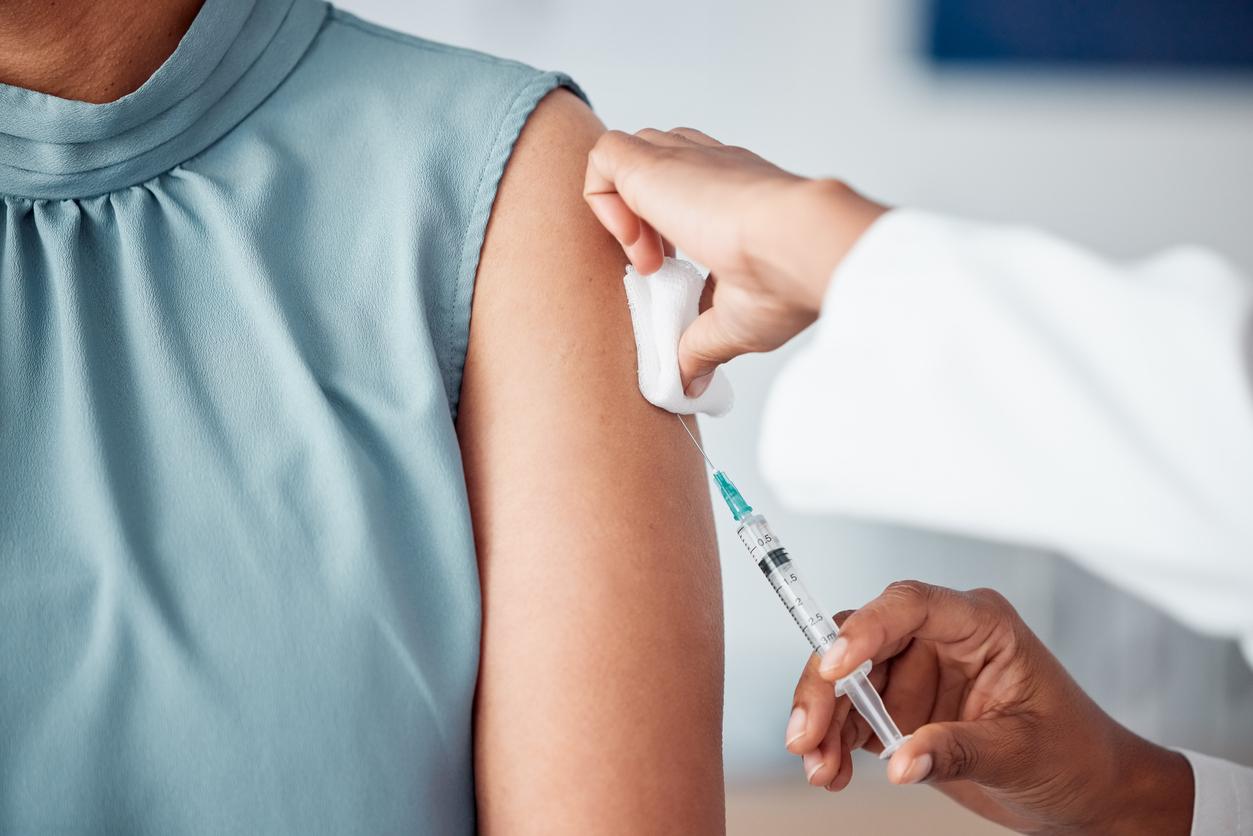If the barrier gestures are generally well applied in public transport, the concern remains palpable among 60% of French people, according to a BVA survey. More or less concerned about the idea of taking the Paris metro after deconfinement, three witnesses recount their experience.

The return to normal is more or less easy depending on the activities. One BVA survey carried out from June 2 to 4 with 1,000 people for Orange and Europe 1 shows that the majority of French people say they feel safe, especially when they see their family or friends and walk in the street or in parks. On the other hand, 60% of respondents expressed their fears about public transport.
Thus, 44% do not feel “rather unsafe” or “not at all” safe in them, while 16% prefer to avoid taking them. This is the case of Maëlle, 28 years old. “I promised myself not to get back on public transport until at least the summerindicates the communications officer, stating that she is quite worried about catching Covid-19. But, in the week following the deconfinement, I had no choice: as I had to go to the other end of Paris for a medical appointment during my working time, I could not afford to walk back and forth”.
“A man sat down next to me when the train was far from full”
To save time, the young woman chose to take the metro. “I tried to reassure myself by telling myself that I was not in rush hourshe remembers. Finally, I was pleasantly surprised to see the measures put in place: small posters had been placed on certain seats so that only one out of two was used, to guarantee distancing. Then, everyone was masked and the train was almost empty”.
Nevertheless, Maëlle noted some discrepancies. “On the way out, a woman sat down in front of me when she should have staggered, as indicated on the seatsshe notes, stating that she politely pointed it out to the passenger. On the way back, a man sat next to me when the train was far from being saturated and there was plenty of room for us all to sit while respecting the safety distances.. Tense, she couldn’t help but jump up and walk several meters away.
“The puzzled passenger looked at me blankly, then mumbled something that didn’t sound very friendly.she laments. I pretended nothing had happened and just kept my distance, but a man intervened to reprimand him. I admit that it reinforced me in the idea that I had not overreacted by shifting myself”.
“Systematically, I come across at least one person without a mask”
Also worried about transport, Léa, a 21-year-old student, takes extra precautions. “I don’t sit on the seats and I don’t hold on to the bars, which is quite complicated sometimes to stay stable”, she says. She also does not skimp on the hydroalcoholic gel, which she puts on as soon as she enters the metro and as soon as she leaves it.
“I have taken public transport several times since May 11, and, systematically, I come across at least one person without a mask who is walking around while on the phone and sputtering everywhere, breathes Leah. In general, I try to move when it happens”. Apart from these exceptions, the student notes that the wearing of the mask is rather well respected. “But social distancing, not at allshe regrets. Every time I took the metro, we were much more than expected”.
As far as possible, Léa waits for the next one or walks. “The problem is that even on the platforms, there were a lot of us. Then, there are times when we have no choice: we have to take public transport”, she assures. Faced with the few people who “just put on their mask because they had to”the young woman describes a majority of concerned users. “There were some with whom we told each other by the look that we thought there were too many people, and we were waiting on the side for the next metroshe notes. Also, when I put on gel, I saw people taking theirs out and applying it at the same time”.
“We will always tend to talk about those who do not respect the so-called ‘barrier gestures'”
For his part, Clément, 25, started reusing transport shortly after May 18. First the bus, to be reassured. “It was fine, there were really not many people and everyone was wearing their mask”, he describes. Last week, the doctoral student took the metro again. “At home, it’s line 12 that passes; there’s really no one on it, so everyone respects the placements. On the other hand, I happened to take line 4 afterwards, and, clearly, that doesn’t don’t try to borrow it every day”he admits.
The young man describes a lot of people, and some users putting on their mask just before entering, if at all. “Yesterday, I had to take the 4 to come back from Châtelet: there was absolutely no distance. When I arrived, there was nobody, but, as the stations went by, people were going up rather than letting a subway passhe says. In addition, on the platforms, there were members of the RATP responsible for limiting the number of passengers; it’s not very efficient, after all”.
Even if they point out discrepancies, Maëlle, Léa and Clément agree that the majority of users they met respected barrier gestures. A perfectly human phenomenon. According to sociologist Séverine Durand, whom we asked about the behaviors induced by the health crisis, negative emotions are more intense than positive ones. “We will always tend to talk about those who do not respect the so-called ‘barrier gestures’ (…): it is because it is not what is done the most”she illustrated.
.







